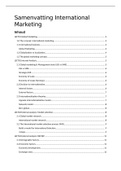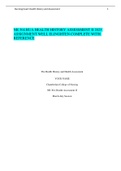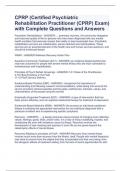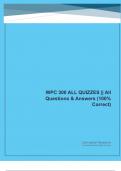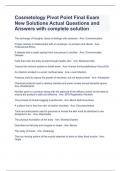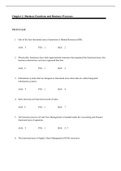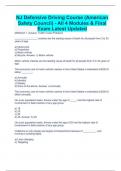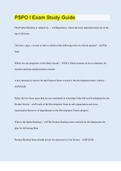Resume
Samenvatting International Marketing - 3e jaar Bedrijfsmanagement Marketing - Artevelde Hogeschool
- Cours
- International Marketing
- Établissement
- Arteveldehogeschool (Artevelde)
Volledige samenvatting van de cursus International Marketing aan Artevelde Hogeschool te Gent. Cursus van het 3e jaar bachelor Bedrijfsmanagement Marketing. Alle leerstof van het examen is hierin terug te vinden, exclusief gastsprekers. Samenvatting is in Engels, alsook het examen in Engels
[Montrer plus]
